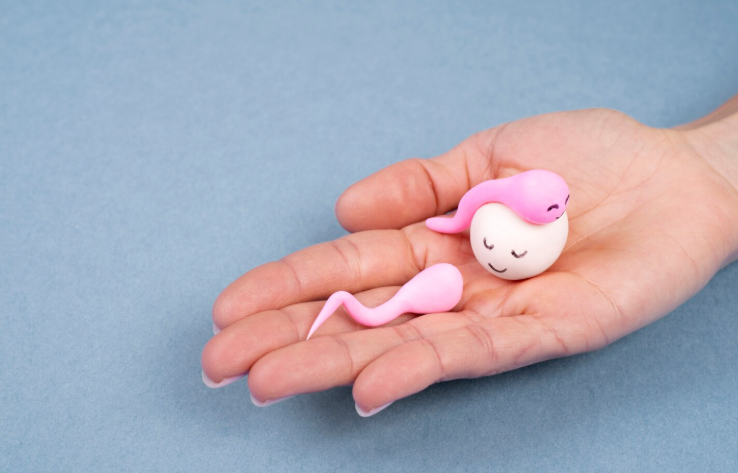
A healthy gut microbiome supports digestion, immunity, brain growth, and overall well-being from birth onward.
· Not sterile: We used to think the womb was bacteria-free. Now we know babies are exposed to some microbes before birth.
· Shaped by mom’s lifestyle: A mother’s diet, activity level, and overall health can influence her baby’s microbiome.
· Pregnancy changes mom’s microbiome: It adapts to support both mother and baby during gestation.
· Vaginal birth: Exposes baby to the mother’s vaginal microbiome, seeding beneficial gut bacteria.
· C-section: Skips this exposure, leading to differences in microbiome diversity and a higher risk for allergies, asthma, and obesity later in life.
· Skin-to-skin contact: Right after birth, baby picks up helpful microbes from parents’ skin.
· Colostrum: The first milk afterbirth — rich in immune-boosting compounds and gut-healing factors.
· Breast milk: Supplies beneficial bacteria and prebiotics (like oligosaccharides) to feed them.
· Formula feeding: Modern formulas are better than before but may lead to higher levels of less-beneficial bacteria such as C. difficile.
· Antibiotics & medications: While sometimes necessary, these can reduce microbial diversity and affect long-term immunity.
· Hospital stays/NICU time: May limit exposure to beneficial microbes from skin-to-skin, breast milk, and family contact.
By age 3, a child’s microbiome closely resembles an adult’s.
Healthy dietary patterns during this time can set them up for life-long health:
· Fruits and vegetables at every meal/snack
· Protein sources (meat, eggs, legumes)
· Healthy fats (olive oil, nuts, seeds, avocados, fish)
· Whole grains for carbs
· Avoid additives, dyes, preservatives, and excess sugar
· Keep hydration mainly to water or small amounts of natural fruit juice
A healthy early microbiome helps:
· Train the immune system
· Protect against allergies and asthma
· Reduce inflammation
· Lower future risks for obesity, diabetes, and heart disease
1. Opt for vaginal delivery if medically possible.
2. Prioritize colostrum and breastfeeding in the early months.
3. Do skin-to-skin contact with both parents.
4. Encourage safe exposure to family and close friends’ microbes.
5. Limit unnecessary medications during pregnancy and early childhood.
6. Eat a polyphenol-rich diet (fruits, veggies) for both mom and child when age-appropriate.
Bottom line:
You don’t have to be perfect — life, birth, and parenting are unpredictable.
Even if early circumstances aren’t ideal, consistent healthy habits like nutritious food, outdoor play, and strong family bonds can help restore balance and support your child’s microbiome for years to come.